If you google for TIG welding torches, one thing soon becomes clear: There’s an almost infinite choice. From the torch bodies, through all the various types of TIG gas nozzle, to the wide range of handles. But what exactly are the differences between all these TIG torches, and what does each one do?
Which Torch Body is Suitable for What?
The main thing is to hit the spot – that’s what it’s all about. Because even the most comfortable and greatest TIG torch in the world is not worth a dime if you can’t reach the spot you’re supposed to be welding. That’s why the torch bodies and caps come in different lengths, with varying torch angles and even flexible torch bodies that can be bent to shape. Two extreme examples: First, a fillet weld on the workbench; next, a ceiling-mounted pipe that has to be welded from the inside. The work on the welding table can be done using practically any torch body. For pipe welding, however, a particularly compact torch is required – ideally one that is small and flexible, with a short torch cap.
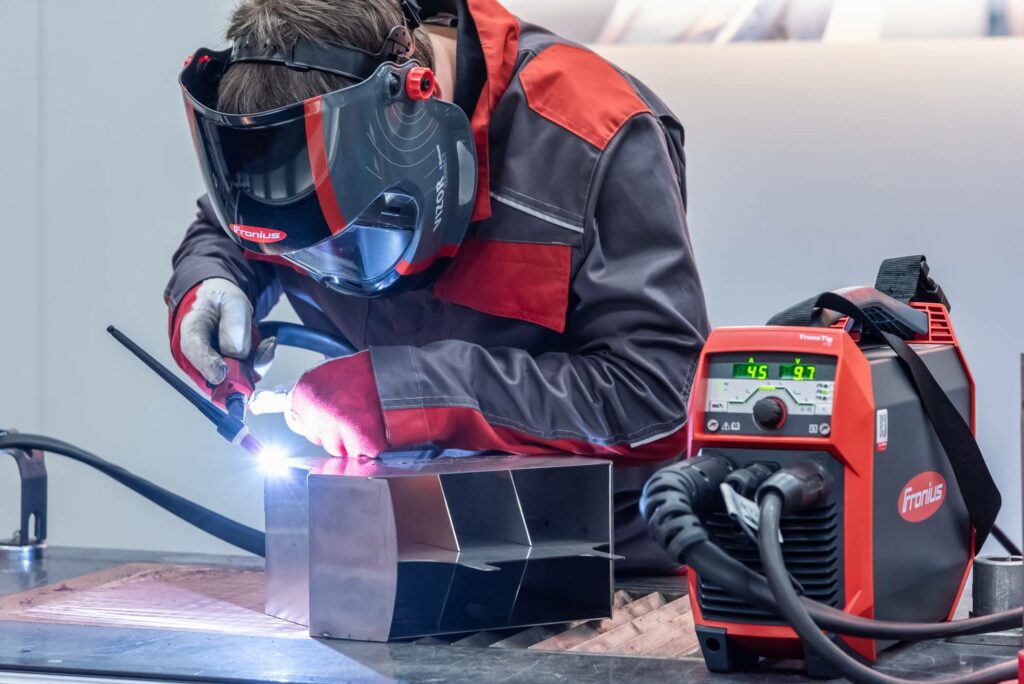
When to Use Which TIG Gas Nozzle?
Once again, a wide range of gas nozzles can be attached to the torch bodies. They differ in length, diameter of the opening, material, and type of assembly.
Long or short: Like the torch body, the shape of the part and accessibility to the seam are critical in determining the length of the required gas nozzle. For example, the smaller the pipe diameter, the shorter the selected nozzle.
Larger gas nozzle diameter – more shielding gas cover: The diameter of the gas nozzle, or its opening, determines the size of the area around the weld seam that will be covered by shielding gas. A large shielding gas cover is especially important for sensitive materials such as titanium, so that the hot seam, which remains hot immediately after welding, is protected from atmospheric oxygen for as long as possible and no temper colors form.
Special champagne gas nozzle shape: A feature of the so-called champagne gas nozzle is its particularly wide opening. This provides a large area of gas cover, making it particularly useful for reactive metals such as titanium or zirconium. The nozzle itself can be made of ceramic or glass, with glass providing an ideal view of the weld pool.
Screwed in or plugged in: TIG gas nozzles can be screwed or plugged into the welding torch body. The choice depends on the design of the welding torch, though the preference of the welder will usually be the key factor. Systems where the ceramic nozzle is plugged in permit faster replacement – even after welding, when the welding torch and nozzle are still hot. The screw connection, on the other hand, provides even higher levels of stability.
Gas flow directed through the lens: The so-called gas lens is basically like the filter in a faucet – it ensures a smooth, targeted flow without any turbulence. This is particularly useful when welding high-alloy materials. Likewise when the electrode is to protrude from the nozzle for longer periods or when welding outdoors or in a draft. All TIG gas nozzles – large or small, long or short – are available with or without a gas lens. The only drawback is that gas nozzles with lenses are a little more expensive than those without.
Tacking and spot welding: Dedicated spot gas nozzles are available for these applications. These nozzles can be attached directly to the workpiece in order to add small welding spots without having to use any filler metal. Attaching the nozzle ensures that the distance between the electrode and the seam is always ideal and constant. Handling is easy and the result reliable. Spot nozzles are available for different weld angles – for example, for tacking internal fillet welds, external corner welds or for metal-to-metal applications. A great advantage is that the wearing of a welding helmet is not mandatory, as this special nozzle keeps the arc out of sight. In addition, the user does not necessarily have to be a trained welder to use the nozzle when spot welding.
Which Handle is Right for my TIG Torch?
There are also various types of torch handle. Some are large, some are small. Most welders prefer smaller handles, especially for fine welding. Some handles are so slim that the torch can be guided like a pencil – ideal for delicate work. Essentially, it all comes down to which handle the welder feels is the most comfortable. The size of the handle also determines its weight and range of functions. A small handle, of course, has the advantage of being lighter. Large handles usually have a broader range of functions, such as an LED light, which can be used to illuminate the seam before welding starts, or may have various control elements. In addition, larger welding torches are better for applications with high levels of welding power, since they are more robust and can therefore withstand the higher temperatures.
What Controls do I Need on a TIG Torch?
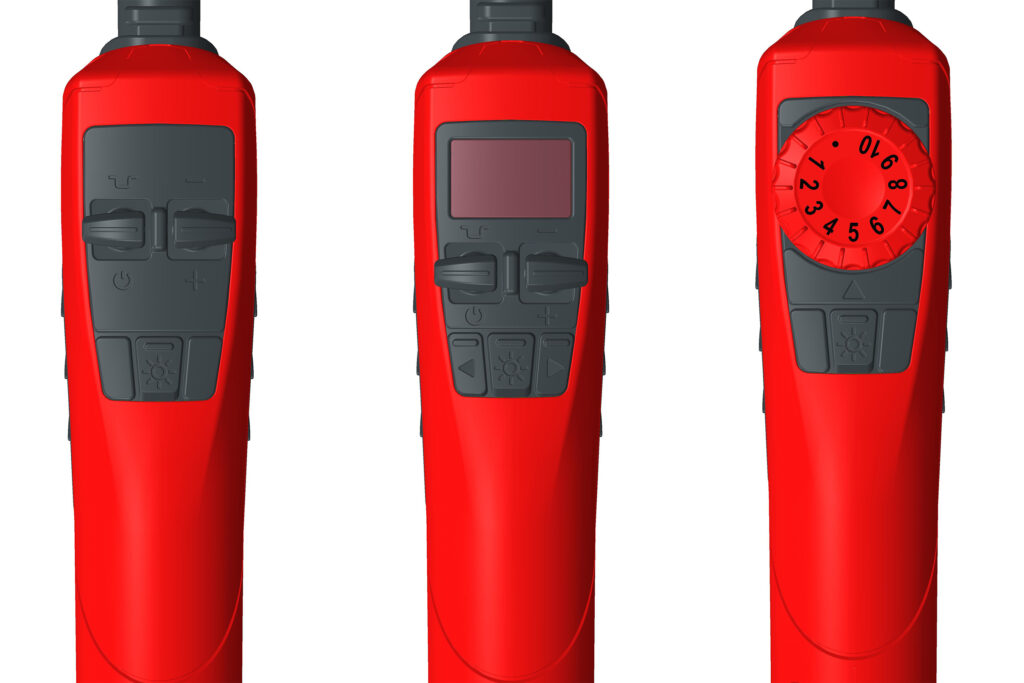
A welding torch operated by remote control offers the largest number of options. This allows jobs stored on the power source – i.e., pre-defined parameters for the respective weld seam section – to be selected and activated from the welding torch. This feature is particularly useful when the power source is not accessible, for example during repair and assembly work.
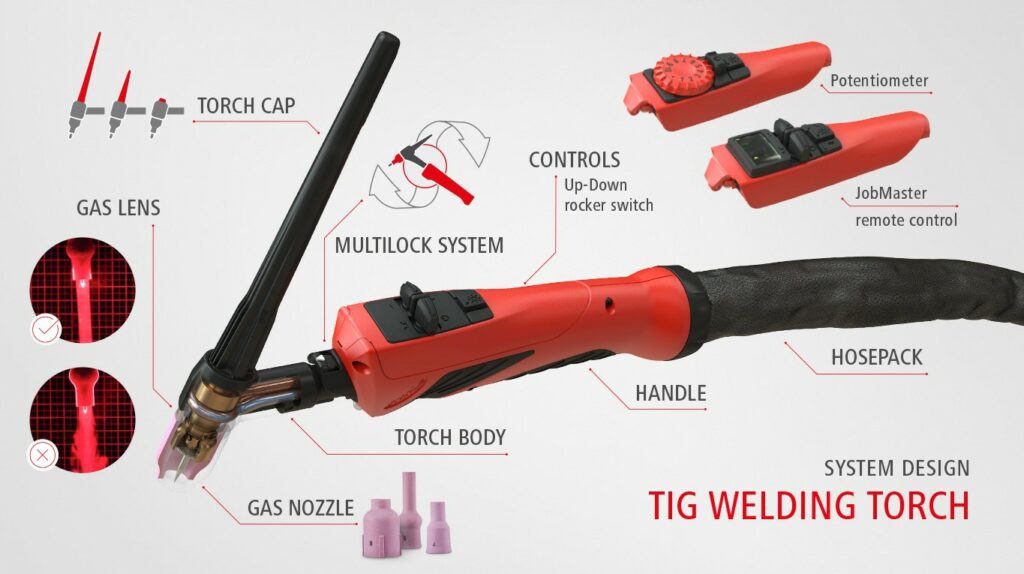
Modular TIG Torch Design – for Maximum Flexibility
Since the “correct” torch design depends on the respective welding task, modular TIG torches make a good deal of sense. In modular systems, a handle is selected to which different controls and torch bodies can be added as required. What is then important is the ability to replace the torch body quickly and easily, which is where the Multilock System comes in. With this system, pressing and turning the torch body releases it from the hosepack, while the new torch body is simply locked in place by inserting and rotating it. The system is available for both gas-cooled and water-cooled hosepacks and has the great advantage that the entire hosepack does not have to be sent in for repair in the event of a defect in the torch body. The new generation of TIG welding torches from Fronius ticks all these boxes.
The Multilock System allows the torch to be configured according to the welding application and the personal preferences of the welder. The modular design offers more than 77,700 configuration options. More information can be found on the Fronius website.
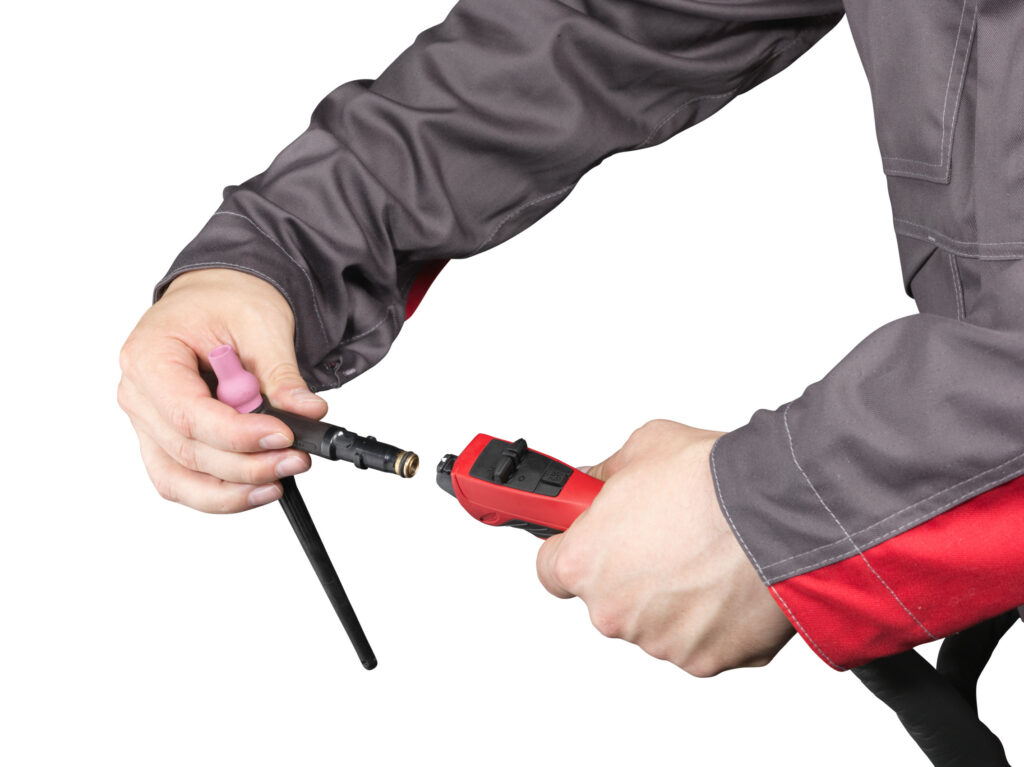
More about TIG:
Visit our blog to read up on the basics of TIG welding in the article: What is TIG welding? More information about portable TIG power sources can be found in the following article: Five functions that a mobile TIG device should have.
 Perfect Welding Blog
Perfect Welding Blog
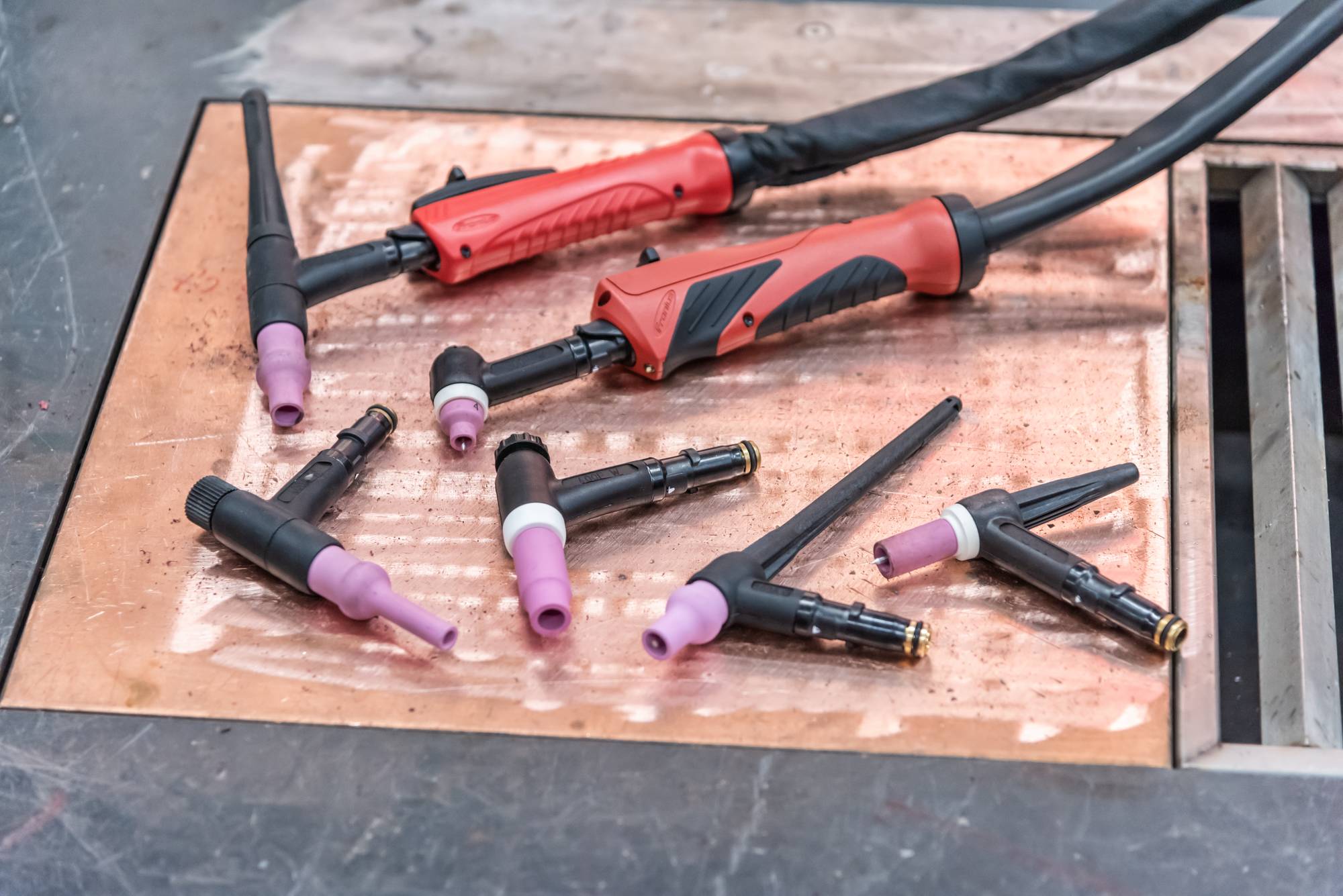
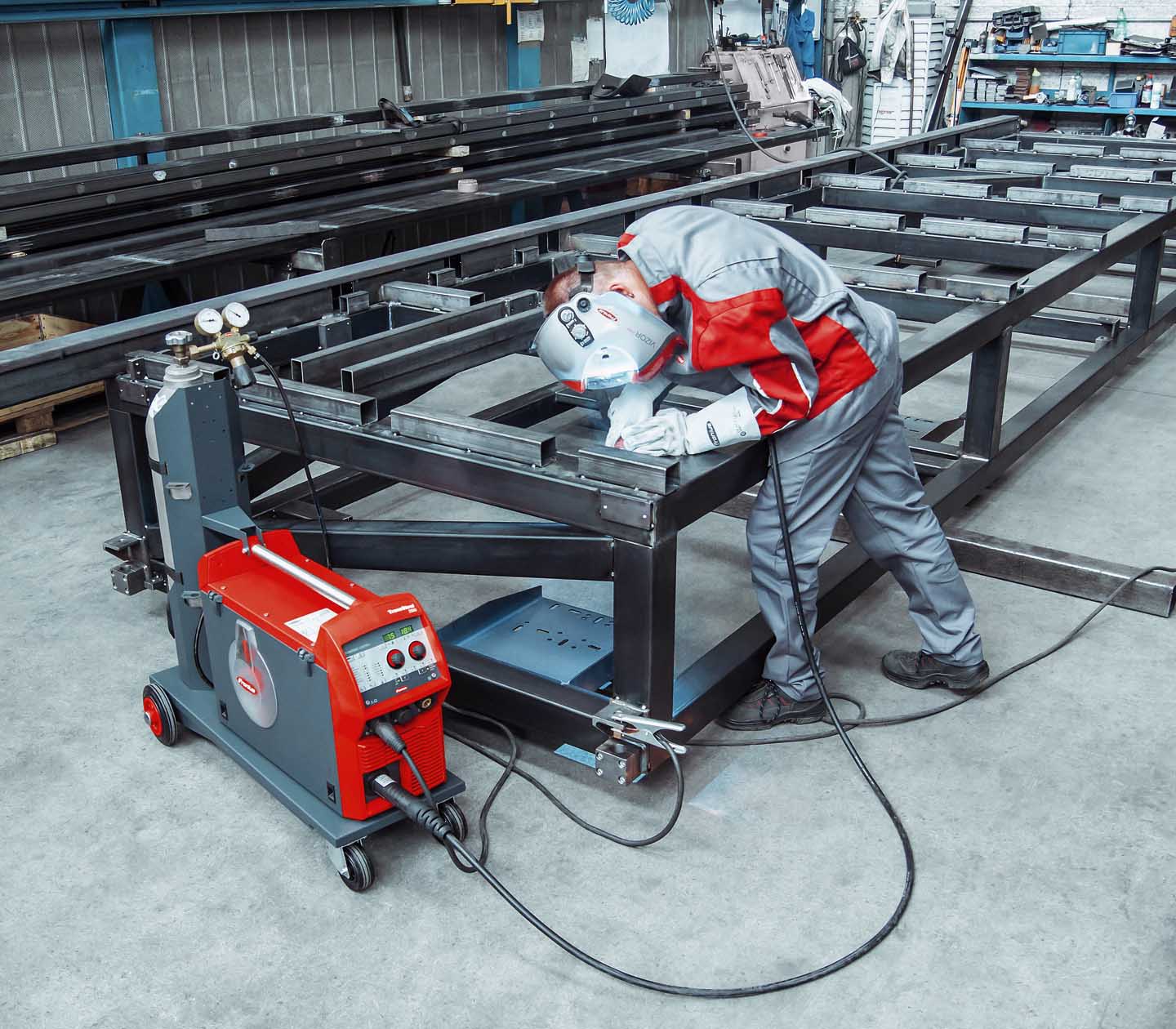

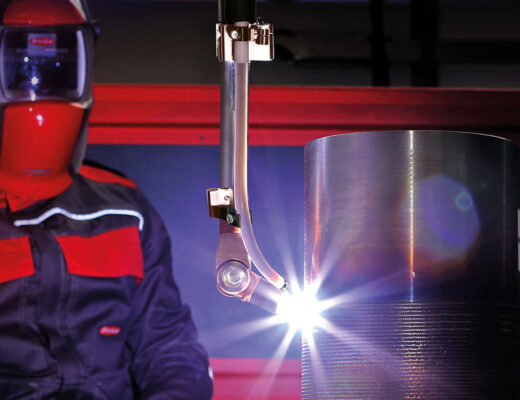
No Comments